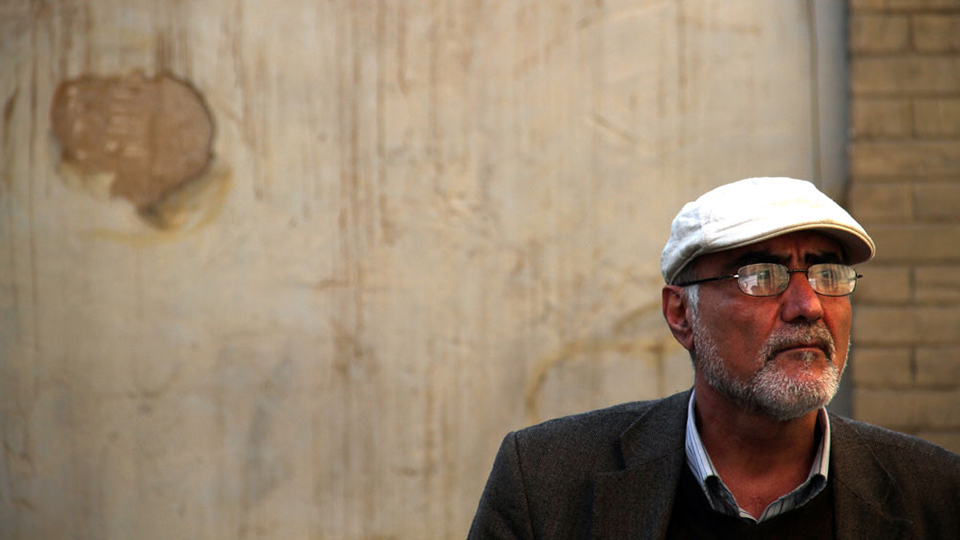Manoochehr Mohammadi
Nomination Detail
Winner, FIAPF Award, Outstanding Achievement in Film, 2016
Born 1956 in Abadan, Iran, Manoochehr Mohammadi began his career in the film industry with IRIB (Iranian TV) in 1979 and has since produced a string of television series, tele-movies and features that have been popular at the Iranian box office and acclaimed at international festivals. In selecting his projects, Mohammadi has worked with Iran’s most celebrated directors and writers, including Kamal Tabrizi, Rasoul Mollaqolipour, Ebrahim Hatamikia, Reza Mirkarimi and Asghar Farhadi, and cast many of Iran’s best actors, including Leila Hatami, Golshifteh Farahani, Shahab Hosseini and Negar Javaharian.
In looking to Mohammadi’s filmography it is clear that a key characteristic of his projects is the portrayal of humanitarian values. He has worked in both Sacred Defense cinema (films about the Iran-Iraq War) and those around social issues. To understand his work, it’s worth exploring some of these films in more detail.
Exemplary of the social issues vein might be what is often considered a loose trilogy about the clergy, produced by Mohammadi between 2001 and 2010. Despite the common theme, the films feature different directors with significantly different style and tone. In the first, Under the Moonlight (2001, dir. Reza Mir-Karimi), a delicate drama that won both a Special Jury Award at Fajr International Film Festival and the Critics Week Grand Prize at Cannes wherein the clerical attire of a young seminary student is stolen. In retrieving his clothing, the young man encounters a whole new strata of society and gains a new understanding of his role as a clergyman. The Lizard (2004, dir. Kamal Tabrizi), by contrast, is a daring comedy, which was a number one hit at the Iranian box office in which a thief in a prison hospital escapes by stealing a mullah’s clothing. Much of the comedic value lies in the thief’s discovery of public expectations of a man of the cloth. In the third, Gold and Copper (2010, dir. Homayun As’adian), the wife of a young seminary student is diagnosed with an incurable illness. Amid the mockery of his fellow seminarians, he takes care of domestic duties, and grows spiritually.
Mohammadi produced the final film of the esteemed director Rasoul Mollaqolipour, M for Mother (2007), a hybrid of the Social Issues and Sacred Defence genres, which focuses on a woman who decides to keep her baby despite serious birth defects resulting from her exposure to chemical weapons during the Iran-Iraq war. Another massive hit at the Iranian box office thanks in part to the affecting performance by Golshifteh Farahani.
Mention must be made of The Painting Pool (2013, dir. Maziar Miri), which depicts the difficulties for a mentally handicapped couple when their happy family is disturbed by their son’s shame. It is without a doubt one of the only films to deal with this topic. This emotionally charged film won the Audience Award at Fajr Film Festival and at the 2013 APSA ceremony star Negar Javaharian was nominated for Best Performance by an Actress while Mohammadi richly deserved his win for the UNESCO Award.
Manoochehr Mohammadi’s distinguished filmography achieves a difficult balance of presenting important issues and themes in a way that resonates with both Iranian and international audiences. He has, until recently, been the voice of the film producers in his country as Chair of the Iranian Film Producers Guild, and APSA are proud to present him with the 10th FIAPF Award for Outstanding Achievement in Film and we warmly welcome him into the FIAPF Hall of Fame.
The Asia Pacific Screen Academy expresses its respect for and acknowledgement of the South East Queensland Aboriginal and Torres Strait Islander communities. We pay our respects to the Traditional Owners of country, including the custodial communities on whose land works are created and celebrated by the Asia Pacific Screen Awards. We acknowledge the continuing connection to land, waters and communities. We also pay our respects to Elders, past and present. We recognise the integral role Aboriginal and Torres Strait Islander and First Nations peoples continue to play in storytelling and celebration spaces.


